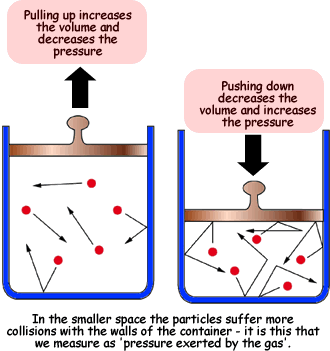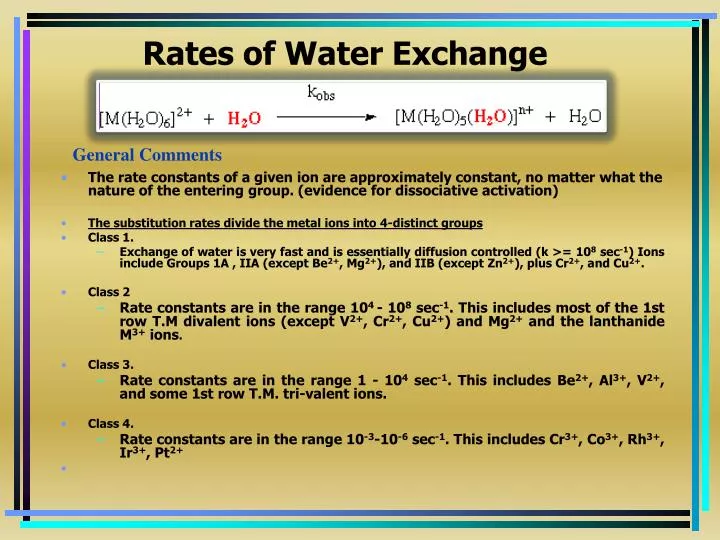Q.1 The structure of CaB₆ is close to that of
A.Cesium chloride
B.Nickel arsenide
C.Rock salt
D.Zink blende
Answer:-A
Explanation:-The calcium atoms are arranged in simple cubic packing so that there are holes between groups of eight calcium atoms situated at the vertices of a cube. The simple cubic structure is expanded by the introduction of the octahedral B₆ groups and the structure is a CsCl-like packing of the calcium and hexaboride groups. Another way of describing calcium hexaboride is as having a metal and a B₆²⁻ octahedral polymeric anions in a CsCl-type structure were the Calcium atoms occupy the Cs sites and the B₆ octahedra in the Cl sites The Ca-B bond length is 3.05 Å and the B-B bond length is 1.7 Å.
Q.2 Dinuclear anion [I₂(OH)₂O₈]⁴⁻ has two bridging oxo groups.The geometry around each iodine is
A.octahedral
B.monocapped octahedral
C.square pyramidle
D.pentagonal bipyramidle
Ansewer:-A
Explanation:--Central element is Iodine.
-All ligands should be equally distributed between two Iodine.
-Two oxygen are presents as oxo (bridging) groups.
-Rest 6 oxygen will be as three to each iodine.
The structure of these compound is octahedral.
Q.3 Using a double beam U-V visible spectrophotometer Beer's law fails for K₂Cr₂O₇ solution when
A.Intensity of light source is changed
B.Detector is not a photomultiplier tube
C.Cuvette of 2cm size is used
D.pH is not kept same in all measurement
Answer:-D
Explanation:--Beer's law is given as
A=εcl
ε = molar absorbtibility ,
c = concentration of compound,
l = path lenth
- K₂Cr₂O₇ contain dichromate ion Cr₂O₇²⁻
-The ions are less basic
-Increase in pH will increase the basisity of compound.
-In solution......Cr₂O₇²⁻ + 2H₂O⟶ 2CrO⁴⁻ + 2H⊕
-According to Le-chetellier's principle increase pH will increase no. of H⊕ ion and equilibrium will shift right side.
-more chromate ion will form.
Q.4 Trivalent lanthenide ion having isotropic magnetic susceptibility is
A.Eu3+
B.Gd3+
C.Yb3+
D.Lu3+
Answer:-B
Q.5 Among the elements Zn,Ga,Ge and As,the one with the lowest first ionization energy is
A.As
B.Zn
C.Ga
D.Ge
Answer:-C






